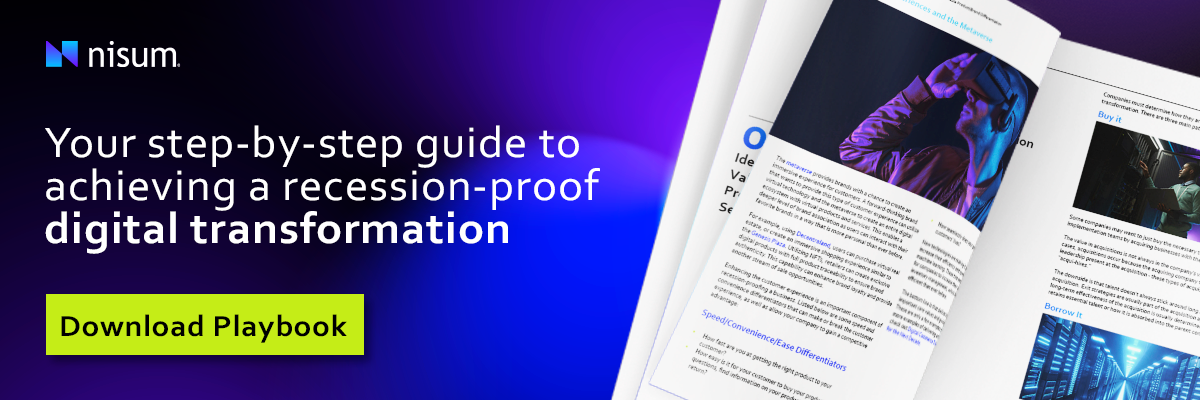Before NoSQL databases evolved, SQL (relational) databases were the only choice to manage the application data for the application data store. Now, the choice has to be made between SQL and NoSQL databases.
Architects can work with product owners to review the business cases and decide the database option based on priority between consistency and availability of data. For business cases that prioritize consistency over availability, SQL databases are the preferred choice. In cases that prioritize availability over consistency, NoSQL would be a better option.

Is there a clear choice between SQL and NoSQL databases for an application data store? Are there use cases where either of them is the right choice? If there are, how is this decided? The following will tackle these questions.
Is NoSQL Replacing SQL Databases?
NoSQL databases are adapted for:
- Big data or applications involved in the processing and analyzing vast amounts of unstructured data
- Applications that handle structured data with no complex transactions and data integrity
- Applications that use continuous agility in design and approach
SQL databases are the solution for:
- Applications with complex transactions that require data integrity commonly most found in banking, finance, order processing, and flight reservation applications
- Analytics with structured data
Using SQL databases for unstructured data storage and processing involves complexity and overhead for database design. With NoSQL databases, this overhead effort is avoided by storing and processing the unstructured data as it is.
Over time, NoSQL databases are considered for applications involved with transactions, too. Especially the teams who wanted their application database design to be more Agile - i.e., evolving database design over a period of time. In such cases, developers take ownership of database design as it is almost all within the codebase.
Thus, SQL and NoSQL databases are not a replacement for each other. The choice depends on the use case involved - i.e. transactional vs. non-transactional, structured vs. unstructured data, and the nature of the application agility.
Is NoSQL Suitable for Enterprise Applications With Interactive End-users?
NoSQL can be used for regular customer interactive applications as well, on the condition that the business use case is decent with eventual consistency. Below are a few examples:
- Applications that can withstand failures (minor data loss, delay in replication, reading dirty write, etc.) can use NoSQL databases
- Applications for social media, mobile and web games, and streaming choose NoSQL based on their need for scalability over consistency. These types of applications perform well with eventual consistency
- Applications where user interactions can be split into combinations of online and offline transactions
How Can Schema-less Database Design Work for User Interactive Applications?
NoSQL is by definition schema-less. It was created for storing unstructured or semi-structured data. When it is used for applications where synchronous user interactions are involved, it does require a structure in place. It also requires overhead at the application code level to manage the referential integrity as constraints, such as foreign key and unique, as it cannot be defined at the database level for NoSQL databases.User interface applications that involve transactionality can also use NoSQL databases if the user base is internal to the business and the user interaction flow is simple. These applications code can manage the transactionality without much complexity.
Which Is the Winner?
SQL and NoSQL databases have their different purposes.SQL databases are still preferred for applications where either transaction and data integrity are involved.
NoSQL databases became the preferred option for applications with large volumes of unstructured data. Applications with structured data also started leveraging NoSQL databases where not enough transaction management is involved.
Application or data architects are best able to choose the database based on the business use case as the nature of data storage changes. Thus, the application footprint across a platform might end-up using a mixture of both SQL and NoSQL databases.
Conclusion
NoSQL databases were constrained to few cases earlier such as big data management for analytics. Over a period, NoSQL databases evolved similarly to SQL databases in terms of database management tools. This evolution made data architects consider NoSQL databases in application development as well.
The recommended procedure for application and data architects should be to evaluate both options of SQL and NoSQL databases for any application design. Thus, application development can take advantage of NoSQL databases’ Agile behavior if the design is finalized with this option.
How Nisum Can Help
Nisum has extensive expertise in designing and implementing systems using SQL and NoSQL databases. Nisum has helped its clients make the right choice between SQL and NoSQL while building new applications and migrating existing legacy applications to new technical platforms. Our expertise spreads across development and analytics through using SQL and NoSQL databases. To learn more about our services, contact us.



